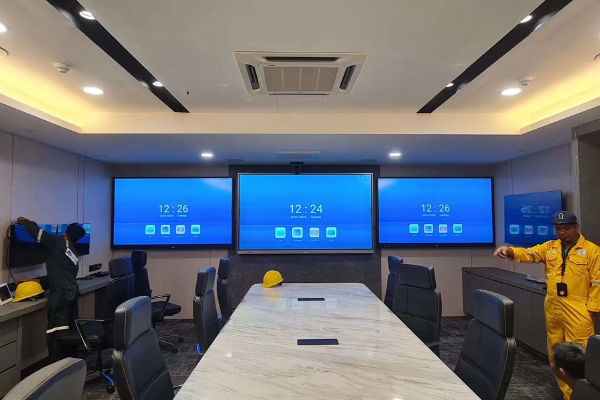Interactive Whiteboard the Best Tool for Education
Interactive whiteboards have revolutionized the way educators deliver lessons and engage students. They not only facilitate real-time collaboration but also provide a streamlined method for saving and sharing classroom content. This functionality allows students to revisit and reinforce what they have learned at their convenience. Let’s dive deeper into the remarkable features of interactive whiteboards, explore their benefits, and showcase real-world applications that highlight their significance in modern education.
One of the standout features of interactive whiteboards is their ability to save content effortlessly. After a lesson, instructors can preserve the information on the whiteboard as images or PDF files. This is not just a convenience; it is a powerful tool for enhancing the learning process. For instance, imagine a geometry class where a teacher illustrates complex shapes and theorems. By saving this visual content, students can revisit the diagrams and explanations later, reinforcing their understanding and boosting retention.
Additionally, the sharing capabilities of these platforms are noteworthy. Educators can distribute saved content through various channels—email, chat applications, or learning management systems (LMS)—allowing for flexible access. By sharing lesson notes, key points, and visual aids, instructors ensure that their students have continuous access to materials that complement their learning experience. This is especially beneficial for students who may need to review concepts multiple times or for those who were unable to attend the live session.
Consider the case of a math tutor who uses an interactive whiteboard to explain calculus concepts. After the lesson, the tutor saves the whiteboard content, which includes equations, graphs, and annotations, as a PDF. This document is then shared with all students via a popular LMS. Students can engage with the materials at their own pace, practice problems, and clarify doubts, thus creating a deeper understanding of calculus. This not only reinforces the classroom experience but also caters to diverse learning styles—some students may prefer visual aids, while others might benefit from reviewing written explanations.
Moreover, interactive online whiteboards often come with collaborative features that enhance student engagement during the lesson. Students can participate actively by contributing to the whiteboard in real-time. For example, during a science class discussing the water cycle, students can draw diagrams, annotate images, and even work on simulations together. This hands-on involvement fosters a sense of ownership in their learning process and encourages teamwork, which is crucial in developing interpersonal skills.
The versatility of interactive whiteboards extends beyond just saving and sharing content. They can also integrate various multimedia elements such as videos, audio clips, and interactive quizzes. For instance, a history teacher can incorporate video clips of historical events into their lesson. After the class, students can review the video along with the teacher's notes saved from the interactive whiteboard. This multifaceted approach not only makes learning more engaging but also caters to different learning preferences, allowing students to absorb information in the way that works best for them.
Furthermore, the importance of interactive whiteboards is magnified in a hybrid or fully remote learning environment. As education systems pivot to include more online elements, these tools have become indispensable. They enable instructors to maintain a high level of interaction and engagement, ensuring that students feel connected and involved even when they are not physically in the classroom.
In conclusion, interactive whiteboards have transformed the educational landscape by enhancing the way content is delivered, saved, and shared. They empower students to revisit lessons, cater to diverse learning styles, and foster collaboration and engagement. As technology continues to evolve, the potential of these tools will only grow, paving the way for a more immersive and interactive learning experience. The future of education is undoubtedly bright with the integration of such innovative solutions, ensuring that learning is not only effective but also enjoyable. So, whether you are a teacher looking to enhance your classroom or a student eager to succeed, embracing the power of interactive whiteboards will undoubtedly elevate your educational journey!

